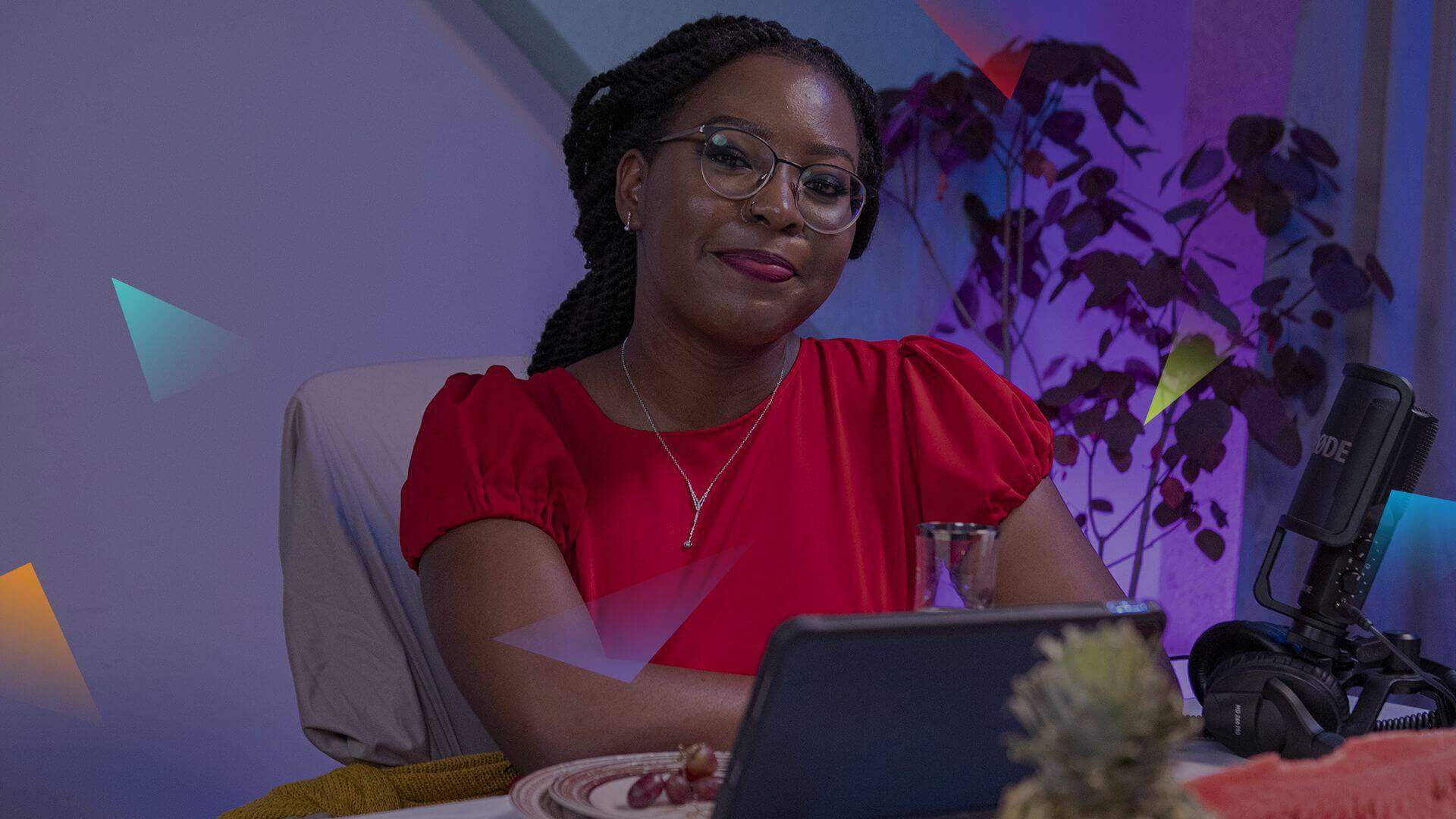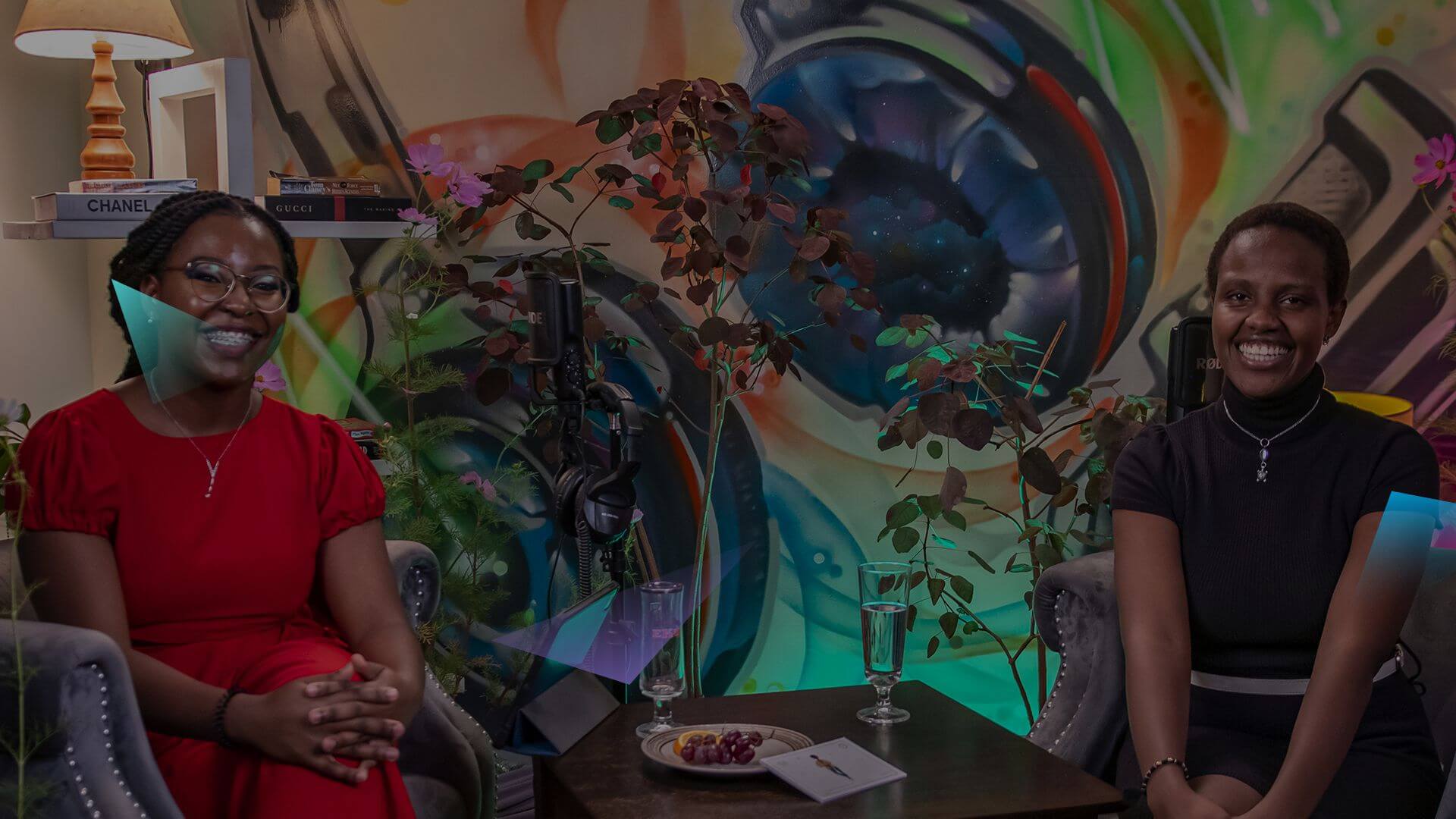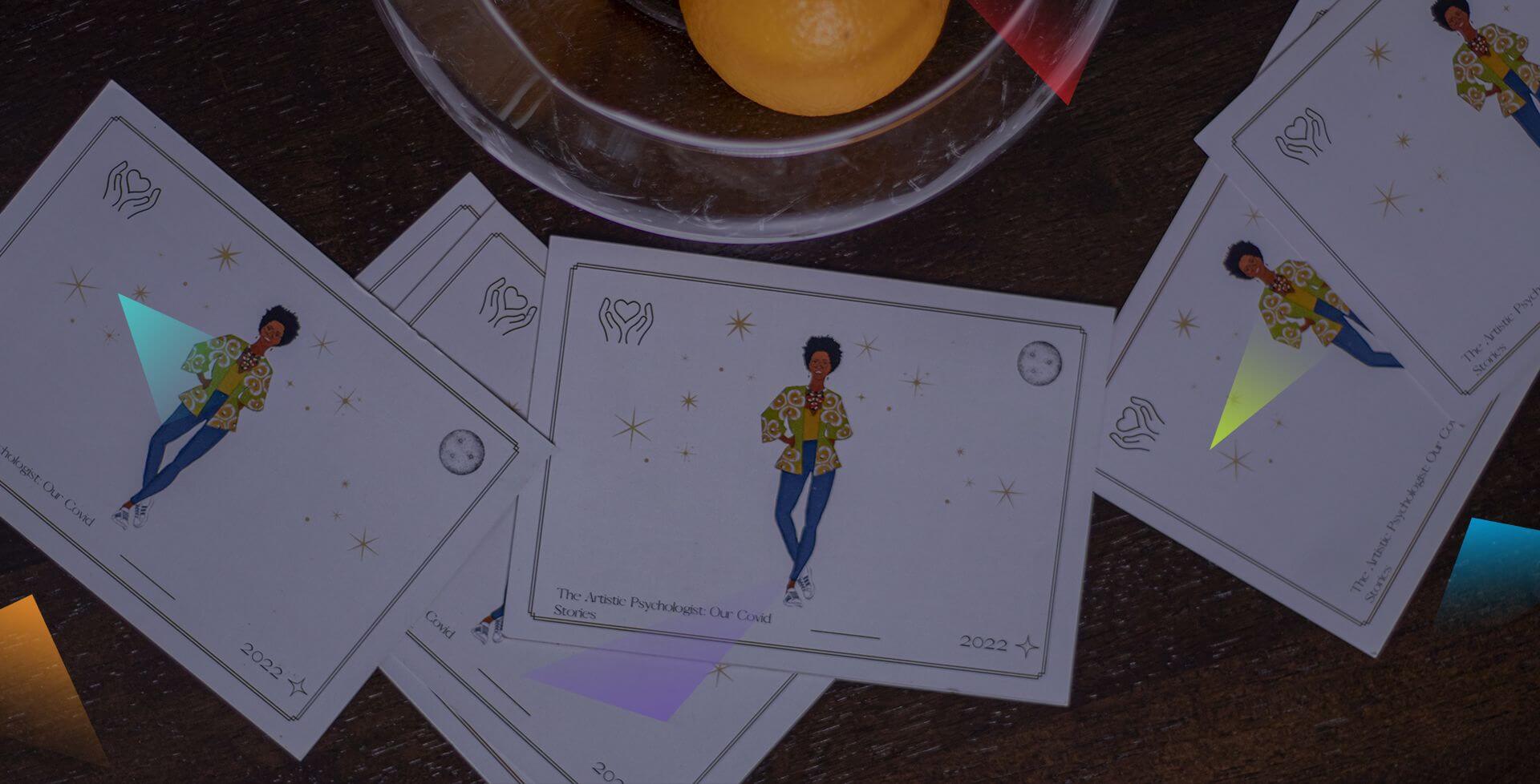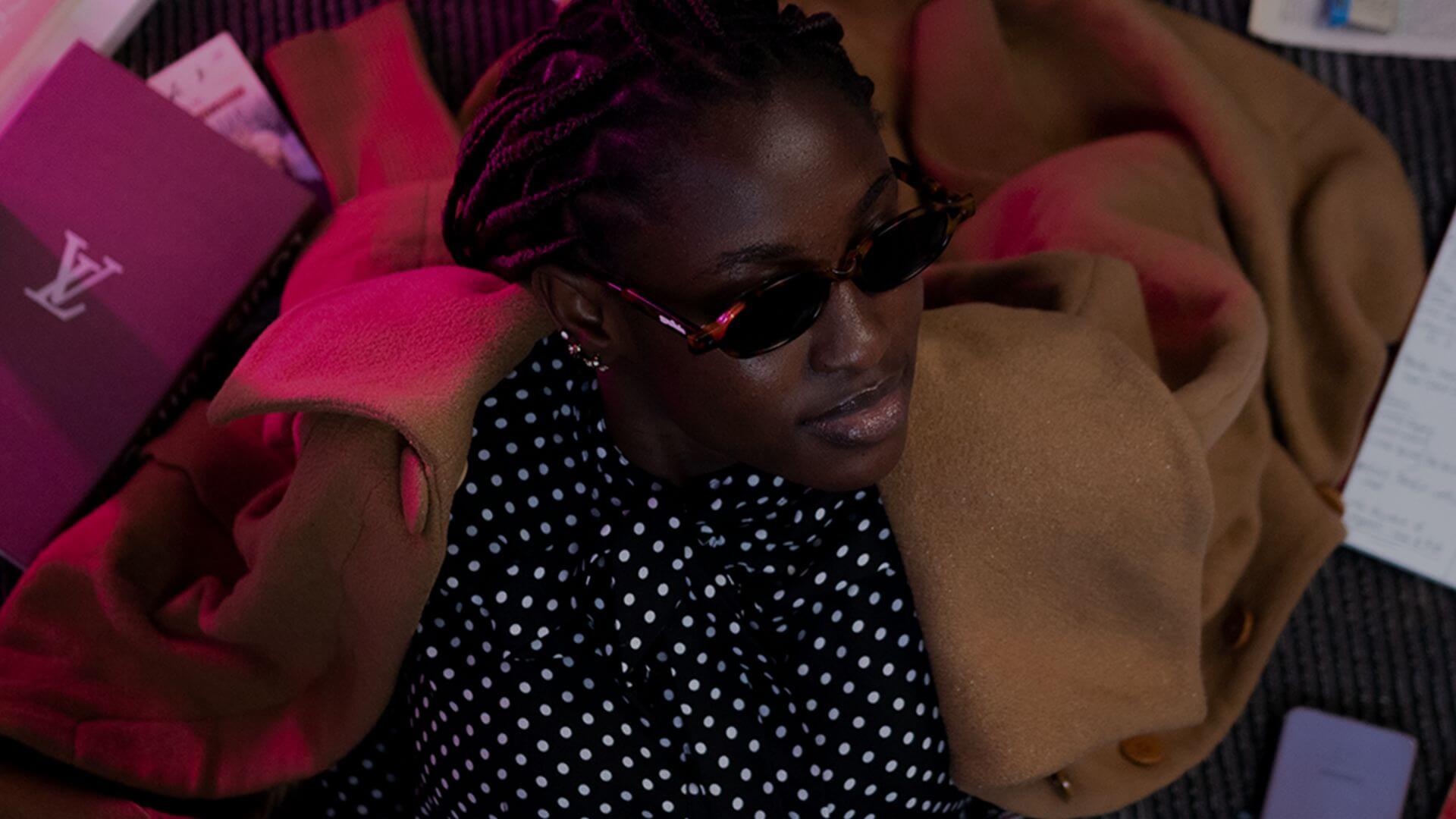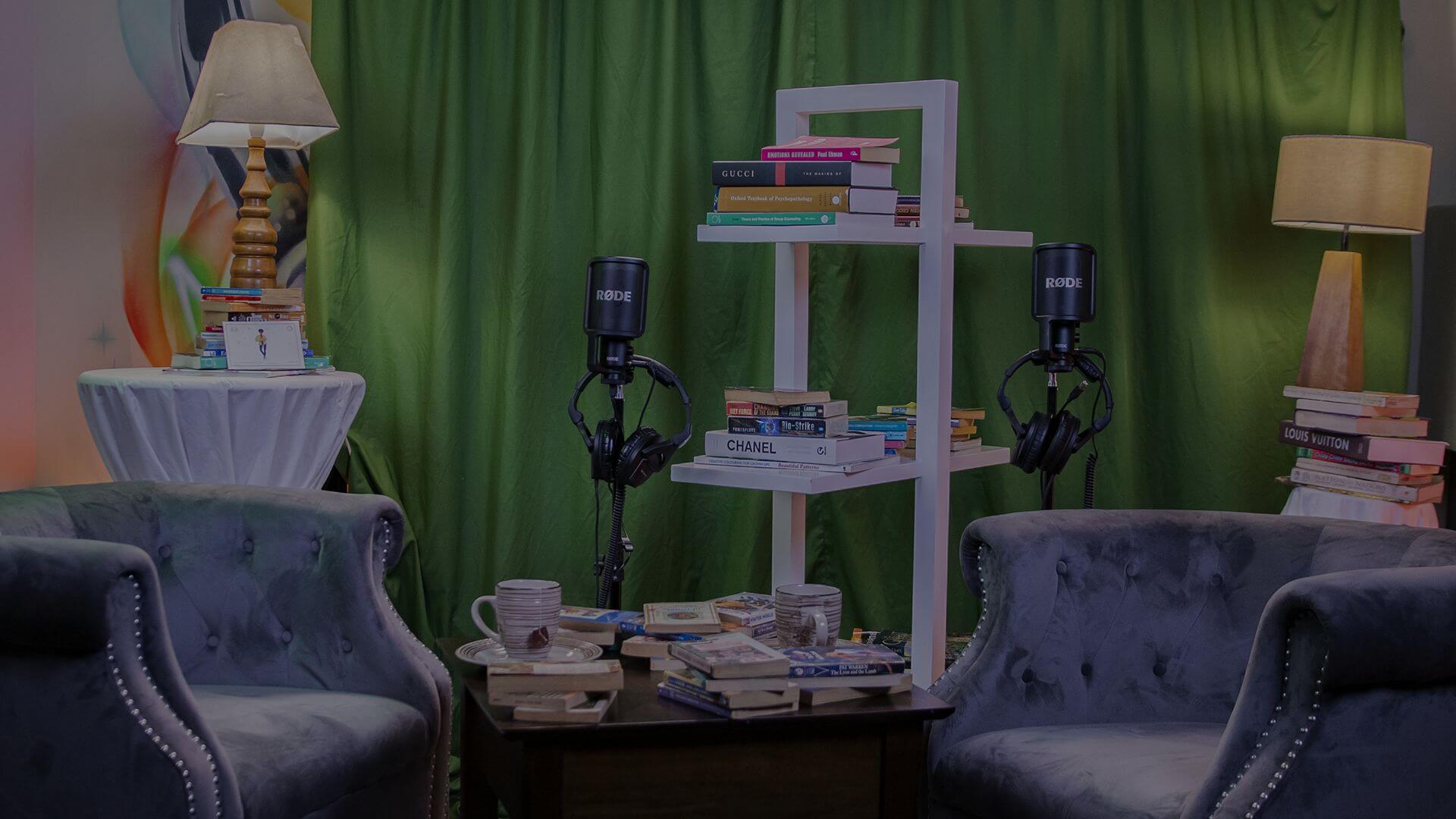To love the self is a radical act. That we can take but a moment to acknowledge our presence and
being amidst the stream of all the thoughts, ideas and opinions the world throws at us is a
powerful expression of stillness.
We can only truly know the world by means of the vessel through which we navigate it. That is,
reality is only ever as true as we can experience it. The truth I refer to is not an objective one – it
describes the relationship between who we are, what we stand for and how we see, hear and
perceive ourselves with respect to the world around us. Thus, if life is a mirror for our internal
being, the reflection presented before us can only be held to the regard that we hold ourselves.
Nonetheless, the depth, contrast and very outline of what is being perceived is not set in stone;
We decide these components with every passing moment and therein lies great power – a radical
power, even!
However, before we go on, I would like us to establish a set of premises from which all else will
fall in place. The first is that the only constant is the reality of change. And the second, which
draws from the first, is that the self is not without change. Having established this, I wish for us
to go on a little journey together. For this trip, we will have words as our ship and the solemnity
of our hearts as our compass.
“Who I am is not who I was and is not who I will be.”
Take a moment to think about these words. Feel the discomfort of what they could mean. Now,
feel the hopefulness that they hold.
If the self is not constant, then loving and accepting who we are is not enough. We must offer
grace to all that we have been, all that we are, all that we have the potential to be and similarly,
all that we will be. I refrain from calling these “versions” of ourselves. I find the term
‘variations’ to be more accurate as a descriptor. The former assumes an original mode of being.
The latter, on the other hand, assumes no default form of being – that at all times, we are
ourselves and not just observers of all that we experience.
“As I look at the world around me, I think to myself and my experiences.”
Look at the vastness of the world we live in. Pay attention to the sounds you hear and the
sensations that characterise your existence. Now, bring your attention to how you feel.
Acknowledge it and let it be.
We interact with the world around us by virtue of our capacity to experience it. We remember
what we see, hear, taste and feel and it forms the foundation of how we relate to everything and
everyone around us. Perception, therefore, in all its extents and limitations underlies the value
attached to what we can comprehend. Thus, whilst we are limited to understanding the world to
the extent that our interactions allow for, we are also granted liberty and a sense of
boundlessness that no one else could ever potentially experience.
Taking into account the fact that we will never be the same again in any given moment and that
we can only truly apply ourselves within the limitations of our experiences, it begs the question,
“How do we bear it all?” If who we are (as informed by everything we have ever lived through)
is how we perceive the world, then we must begin this task by embracing every facet of our
complex and ever-changing being. Only then can we find solace in this ephemeral dance of our
story in the grand book of human existence.
This, then, is a story of the radicality of self-accept
By Mbũrũ wa Maina


